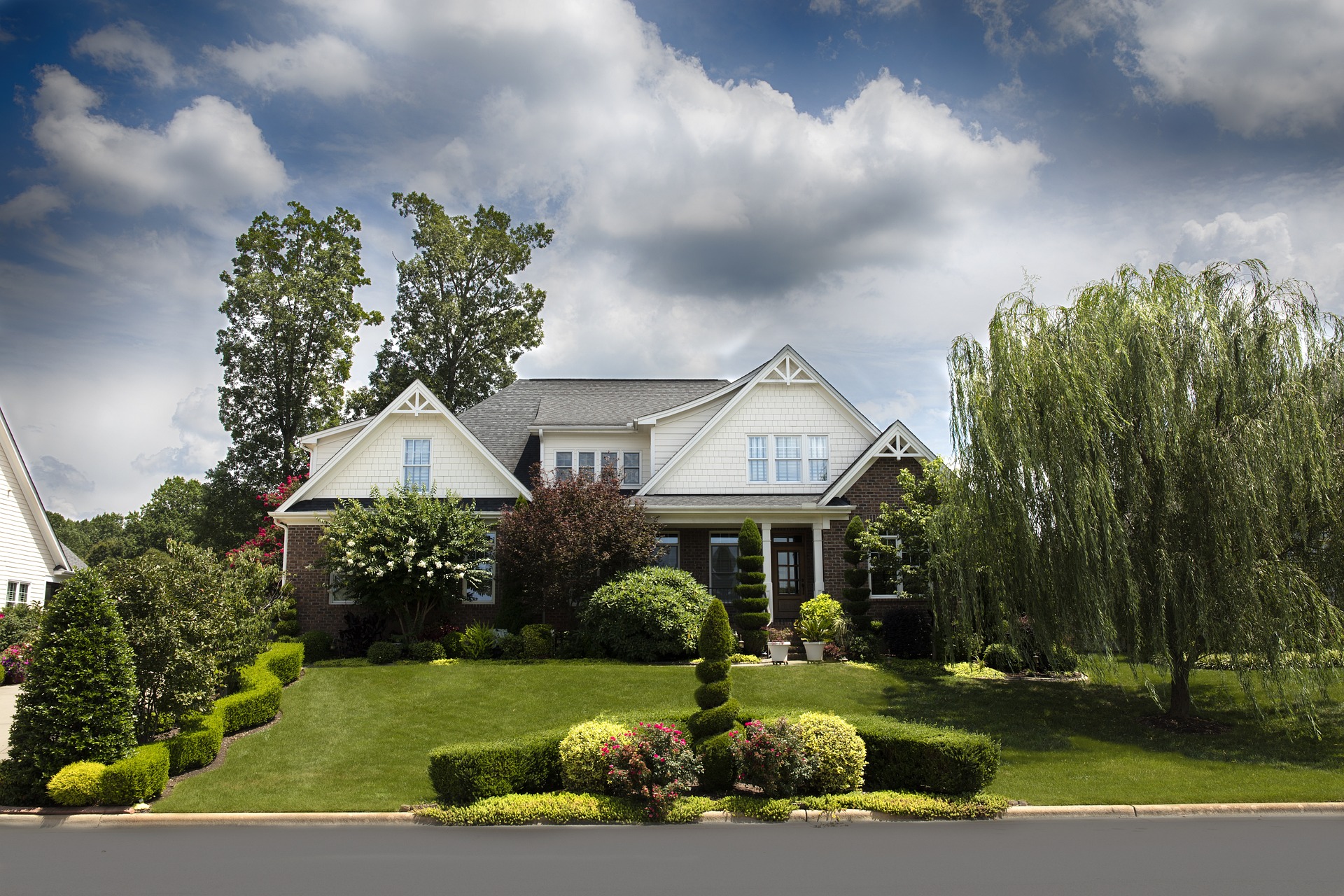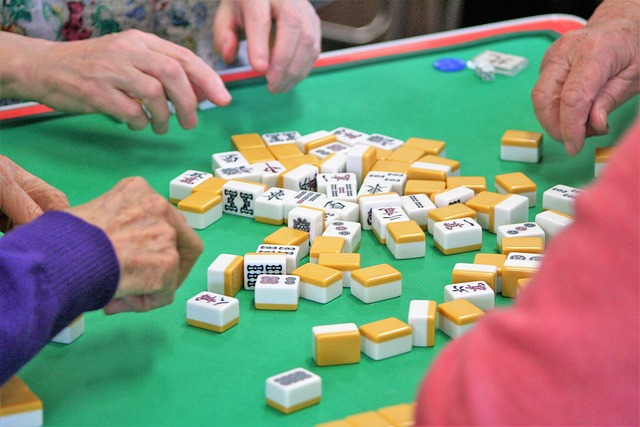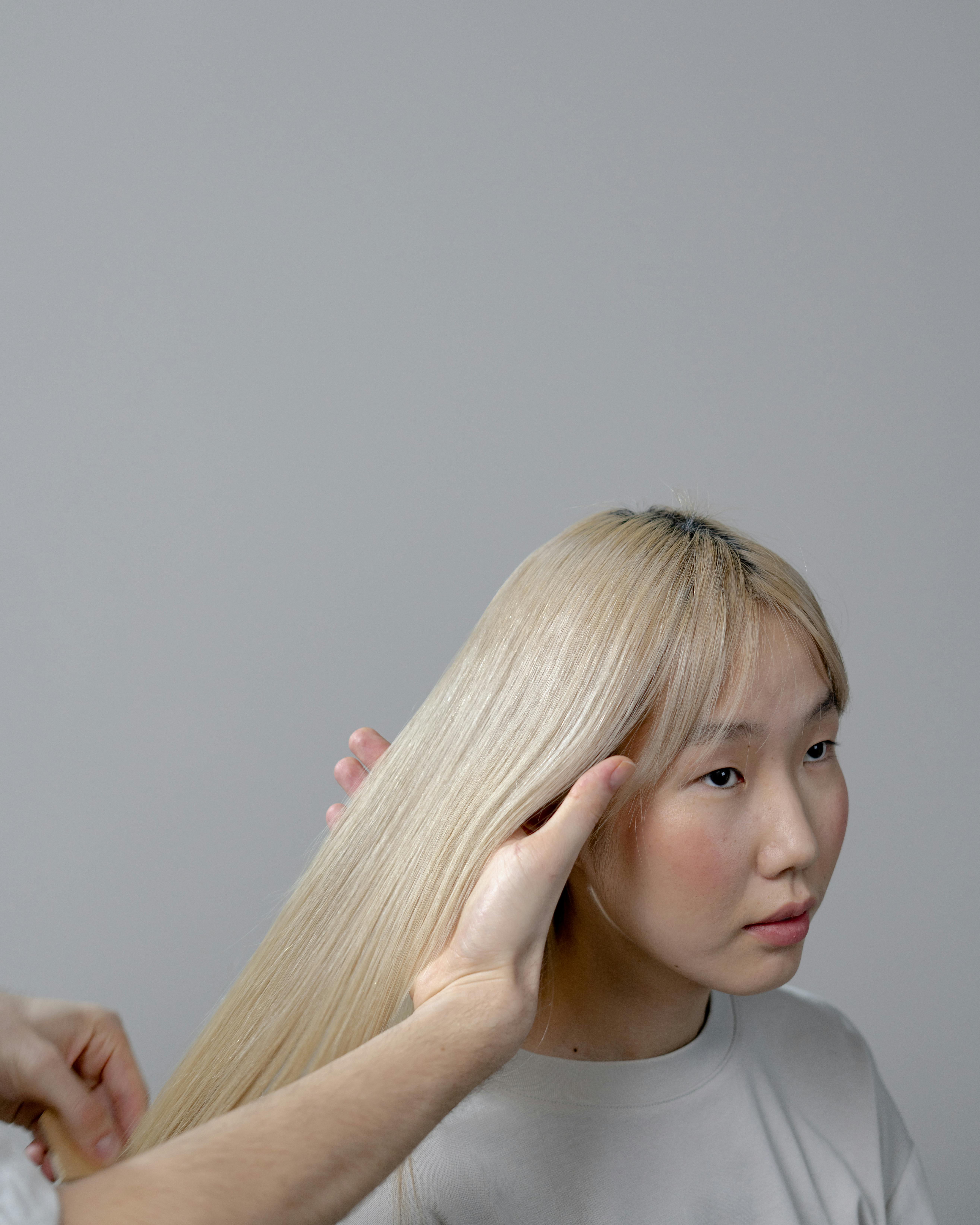Reimagining the Traditional: The Rise of Transitional Design in Modern Homes
Transitional design is an intriguing fusion of traditional and contemporary styles, creating a timeless aesthetic that's rapidly gaining popularity in modern homes. It provides an elegant balance between old-world charm and modern simplicity, resulting in a harmonious blend loved by many. Let's delve into the history and current trends of transitional design, dissecting its practicality and how it enhances daily living.
Transitional Design: A Historical Overview
The concept of transitional design surfaced during the late 20th century, marking a shift from the stark modernism dominating the design world. It was born out of a desire to soften the clean lines and monochromatic palettes of modern design with the warmth and familiarity of traditional elements. Over the decades, transitional design has evolved, and it now stands as a central pillar in the realm of interior design.
Current Trends in Transitional Design
Today, transitional design is characterized by a sophisticated blend of traditional and modern elements, creating a comfortable and balanced space. It’s all about neutral color palettes, streamlined furnishings, and a blend of textures. Natural materials like wood and stone are juxtaposed with modern metals and glass, resulting in a rich sensory experience. The use of bold statement pieces, from oversized artwork to unique light fixtures, is another defining feature of this style.
The Practicality and Market Trends of Transitional Design
Transitional design offers excellent practicality by allowing homeowners to blend their existing pieces with new ones, avoiding the need for a complete overhaul. It’s a versatile style, easily adaptable to various settings, making it a popular choice in the market. According to a report by the National Kitchen and Bath Association, transitional design was the most popular style for kitchens in 2019, showing its far-reaching appeal.
The Impact on Daily Living
Transitional design promotes a serene, uncluttered environment that can enhance daily living. It’s an inviting style that appeals to a wide range of tastes, making homes feel welcoming. It also offers an opportunity for personal expression, as homeowners can curate a unique blend of traditional and modern pieces that reflect their personality.
The Future of Transitional Design
With its growing popularity, the future of transitional design looks promising. Design experts predict a continued rise in demand for this versatile style, with a greater emphasis on sustainable materials and innovative technology. As the boundaries between traditional and modern design continue to blur, transitional design will likely remain at the forefront of home décor trends.
Transitional design is more than just a trend—it’s a reflection of how our aesthetic preferences evolve over time. Whether you’re planning a home makeover or looking for design inspiration, this style offers a wealth of options. Embrace the balance between old and new, and let your home tell a story that’s uniquely yours.





